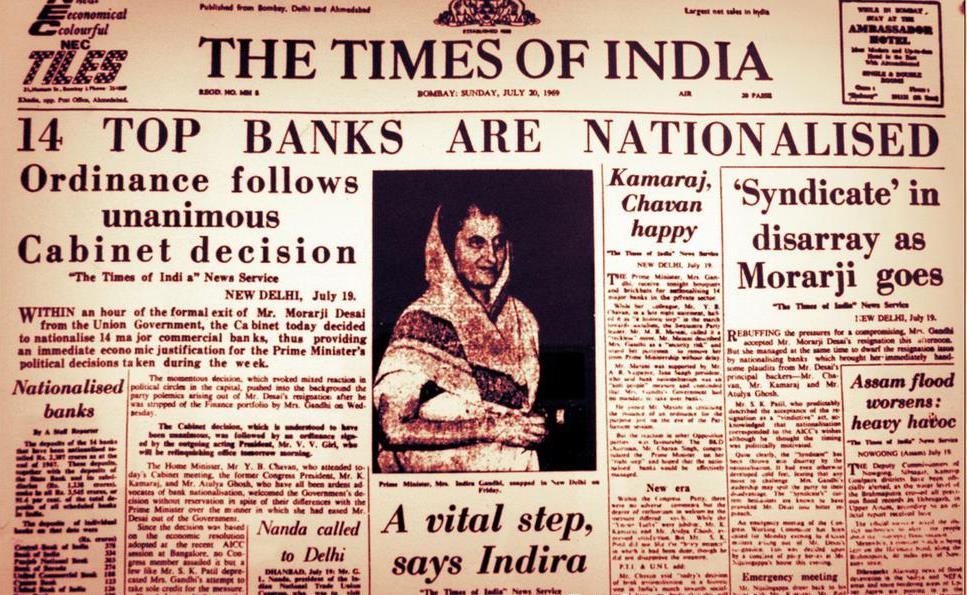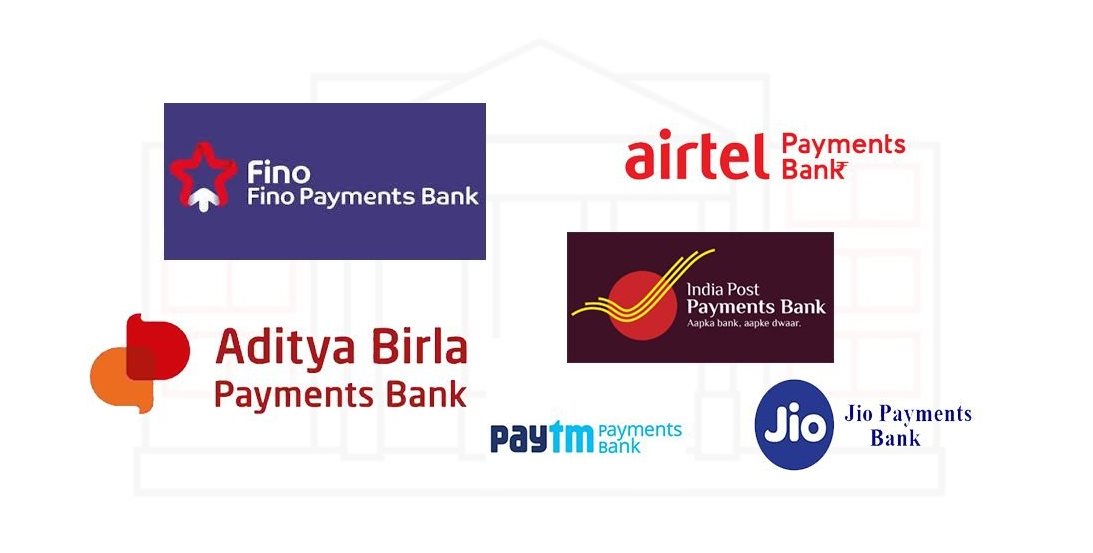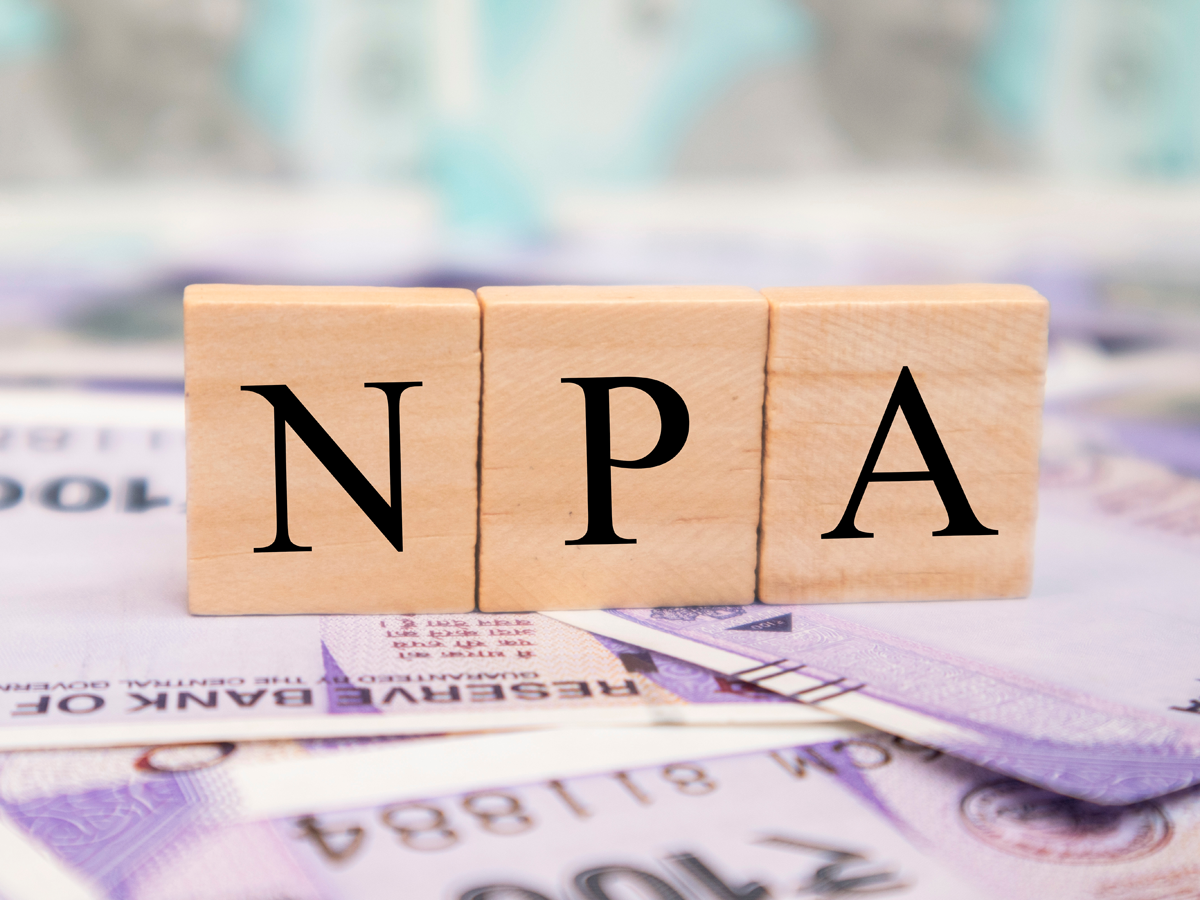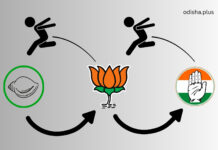Gopabandhu Mohapatra
51 years have passed since the first round of bank nationalisation by Indira Gandhi, when on 19th July, 1969, some 14 banks were nationalized and followed by six more private sector commercial banks On 15th April 1980. Bank nationalisation, originally intended to take banking services to the country’s rural and semi-urban areas and larger mobilisation of savings was much needed for investment to accelerate development. The aim was to redirect credit deployment more towards agriculture, small industries and weaker sections of the society.
In the year 1993-94, the then government embarked on a policy of liberalization and licensing of a good number of private banks. These came to be known as New Generation tech-savvy banks, which included Global Trust Bank (the first of such new generation banks to be set up), which was later amalgamated with Oriental Bank of Commerce, UTI Bank (since renamed Axis Bank), ICICI Bank, IndusInd Bank Ltd, IndusInd Bank, Centurion Bank Ltd, HDFC Bank, Times Bank and Development Credit Bank Ltd.
 During 2014-15, further licences were given to a new set of lenders, such as payments banks and small finance banks, to cater to credit and remittance needs of small businesses, unorganized sector, low income households, farmers and migrant workforce. There are about 7 banks operational as of now that have been approved by RBI. Some of the Payment Bank in India are – Airtel Payments Bank Ltd., Fino Payments Bank Ltd., India Post Payments Bank Ltd., Jio Payments Bank Ltd., NSDL Payments Bank Ltd., PayTm Payments Bank Ltd., Aditya Birla Idea Payments Bank Ltd.
During 2014-15, further licences were given to a new set of lenders, such as payments banks and small finance banks, to cater to credit and remittance needs of small businesses, unorganized sector, low income households, farmers and migrant workforce. There are about 7 banks operational as of now that have been approved by RBI. Some of the Payment Bank in India are – Airtel Payments Bank Ltd., Fino Payments Bank Ltd., India Post Payments Bank Ltd., Jio Payments Bank Ltd., NSDL Payments Bank Ltd., PayTm Payments Bank Ltd., Aditya Birla Idea Payments Bank Ltd.
Since nationalisation, the number of bank branches had grown to 1,56,349 from 8,200. The priority sector lending is at 40% against nil prior to nationalisation. The deposits and advances which were at Rs. 5,000 crore and Rs. 3,500 crore in July 1969, had now grown to Rs. 138.50 lakh crore and Rs. 101.83 lakh crore respectively. The gross non-performing assets of the banking sector till 2019 was Rs. 7,39,541 crore.
The Nationalised Banks have been playing a very significant and leading role and today public sector banks have grown in a very big way, with their branches in every nook and corner. Thus, the savings of the common man is safe in the Banks. Today, the common man can enter a Bank branch and access banking services.
Today banking credit is made available for all vital and basic sectors – agriculture, employment generation, poverty reduction, rural development, women empowerment, small, medium and micro industries, health and education, infrastructure development, exports, etc. Today public sector Banks are investing huge amounts in Government schemes and projects thus accelerating development and indirectly helping in employment.

The PSU banks took the lead in popularising highly innovative self-help groups through group lending. It was a significant success for some years. A good credit culture with a high repayment capacity of over 98% was achieved till politics took over. Even today, banks lend to microfinance institutions and NBFCs in excess of Rs 7 lakh crore, which on-lend to homeowners and other priority sectors. Recently, when the NBFCs faced serious liquidity and distress, it’s the PSU banks which helped by providing liquidity in many cases.
The fact is nationalisation has certainly helped India push agricultural credit and other forms of directed lending to certain sectors, besides advancing government schemes. But the banks competed only with each other and went on increasing the Non-Perforing Assets (NPA) to appease their political bosses and approached the government with begging bowls every year for survival capital. The claim that nationalisation was done to serve the poor wasn’t fulfilled ultimately.
The PSU banks, successfully implement government schemes, like Jan Dhan in a classic way, when the private sector Banks were reluctant. Of the total accounts, over 97% was opened by the PSU banks and enabled government to do DBT transfers. Apart from Jan Dhan, there is Jan Suraksha (social security system, especially the poor and the under-privileged), Pradhan Mantri Jeevan Jyoti Bima Yojana (PMJJBY) – (life cover of Rs. 2 lakh), Pradhan Mantri Suraksha Bima Yojana (PMSBY) -The accidental risk coverage under the scheme is Rs. 2 lakh, Atal Pension Yojana (APY) – monthly pension scheme, Pradhan Mantri Mudra Yojana – scheme for loan of upto Rs. 50,000 is given, Stand Up India Scheme – to facilitate bank loans between Rs.10 lakh and Rs.1 crore to Scheduled Caste/ Scheduled Tribe and Pradhan Mantri Vaya Vandana Yojana – to protect elderly persons aged 60 years and above against a future fall in their interest income due to the uncertain market conditions.
But, inspite of this, government banks continue to handle the majority in the banking sector constituting 70 percent of assets and having an undesirable record of about 90 percent of the non-performing assets (NPAs) in the industry. With the banking crisis looming large in current times, debates have emerged about the privatisation of banks. This raises the question of whether nationalisation of the bank in the first place was the right move or not.
There were about one million borrower accounts before nationalisation. The misconceived loan melas were by the then political bosses and impaired credit culture. But if one looks at the NPA composition now, it is the big corporate accounts that have inflicted heavy damage on the banks. It is a fact that most of the NPA build-up in state-run banks occurred, because they completely forgot about prudent lending practices and found themselves vulnerable to the infamous corporate-political nexus.
Loans were freely given away to the likes of Vijay Mallya’s Kingfisher Airline, while bankers themselves were unsure about the financial health of the borrower and the ability to repay the loan. Such lending continued for a long period until the boom period lasted.
The RBI began action on the NPA problem only in 2015 when it spelt out stricter rules to banks regarding early recognition of assets and punitive provisioning rules for the lenders who do not go in for swift resolution of problematic assets. Most of the large NPA cases involving willful defaulters (people with the ability to repay but wouldn’t) were either stuck at overburdened debt recovery tribunals (DRTs) or various other courts. By the time legal resolution took place, the underlying assets lost value, leaving nothing much for the banks to recover.
But, when, in May 2016, Parliament passed the bankruptcy law, Insolvency and Bankruptcy Code, 2016 (IBC), it was seen as the first solid step in the direction of resolution of stressed assets. Subsequently, the RBI sent two lists of companies to banks to initiate bankruptcy proceedings. Later, the government amended the insolvency act to prohibit tamed promoters (willful defaulters/ habitual loan defaulters) from bidding again on their assets. The IBC has changed the nature of loan recovery process in the sector although there are still certain hiccups for faster resolution.

DRT or NCLT are not in a position to reduce NPA accounts turn around due to multiple factors. And for implementing SARFAESI provisions , many bank officers are targeted , even personally. By merely targeting the Bank officers responsible for executing the Act, The Political Fraternity is missing the point to bring amendments to the Act itself. Since realizing NPA is a challenge, the bottom line of the Public Sector Bank in terms of Profitability continues to be in the negative.
But, after 51 years of nationalization the question arises, whether it is a mistake by Indira Gandhi’s government or a revolutionary step that helped millions of the unbanked masses. Or should nationalisation be undone, which has paved the way for the growth of a group of inefficient entities, perennially prone to corruption, political manipulations and frauds.
Should the PSU banks be privatised? In fact, many a time PSU banks are asked to rescue troubled private sector banks through costly absorption. If PSU banks have not lived up to the expectations, why do successive governments of all hues not privitise them? Why is only consolidation by merger of PSU banks resorted to instead of privatisation?
Today, the leading Bank Trade union organization, All India Bank Employees’ Association (AIBEA) has released the names of about 2,400 willful defaulters with total dues of Rs. 1,40,000 crore, as part of commemorating the 51st anniversary of bank nationalization, who have defaulted on loans worth Rs. 5 crore and above. If we take into account those who had defaulted on loans worth above Rs. 1 crore, the number would be about 10,000.
Given the significance of a vibrant banking system in the growth story of the nation, privatisation of banks is proposed. However, privatisation of banks is not a panacea. India must not make haste in going for the privatisation of banks, rather it must focus on comprehensive governance reforms, resolution of NPAs and creating a free market so that investment can be given new energy or strength and wheels of the economy can again get back on track. It is a fact that one needs as much political will to privatise as to nationalise.
(Author is a former Banker. Views are Personal)






















There is so many political intervention in the affairs of public sector banks. If some one will ponder the root cause of npa of the 2400 willful defaulters, in many cases there was political recommendations while sanctioning these loans. There is diversion of resources to foreign countries thus blocking the way of accelerated growth in our economy. Public sector banks are the economic backbone and act with freedom.